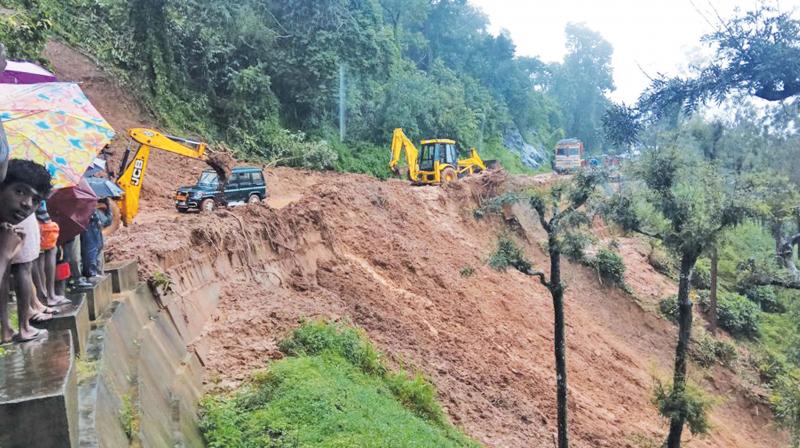Chennai: Hill rains to help plains, wildlife

Ooty: The heavy rains in Nilgiris will help the neighboring districts in the plains to benefit and it will do a lot of good for wildlife in Nilgiris, said S. Jayachandran, joint secretary of Tamil Nadu Green Movement.
“The present rainfall in August is erratic. Usually, round the clock drizzle coupled with occasional downpours make the SW monsoon profile in Nilgiris during the months of June and July that itself account for nearly 450 mm of rains in these two months. This year the reverse happened and there is unusual heavy rains in August. However, the rains and the plenty of water will help the hills as well as the neighbouring districts like Coimbatore, Tirupur and Erode. Nearly, 80 per cent of the rain water that overflows finally drain into the Bhavanisagar dam,” he said.
“While the overflowing water from Gudalur side flows via Mudumalai tiger reserve and Moyar river to Bhavanisagar, the overflowing rain waters from Upper Bhavani, Avalanche and Kundah areas moves down via Pilloor to drain in Bhavanisagar,” he explained, adding, the rains will help the jungles to rejuvenate further and fill up the water sources. This is expected to minimize man-animal conflict as the need for animals to move into human habitations in search of water and food will be minimized, he pointed out.
N. Mohanraj, consultant at WWF-India, said that since Avalanche is located at the ridge of the Nilgiris-Kerala border, the SW monsoon clouds that raise from Arabian sea travel up to Nilambur in Kerala at an height of 80 meters in the atmosphere and suddenly rise to 2,200 meters on Nilgiris border and deposit the rains in Upper Bhavani and Avalanche belt. That's the reason why Avalanche belt receives heavy rains during SW monsoon. Now, the climate change factor that adds more energy to the clouds, accounts of unprecedented heavy spells, he added.

